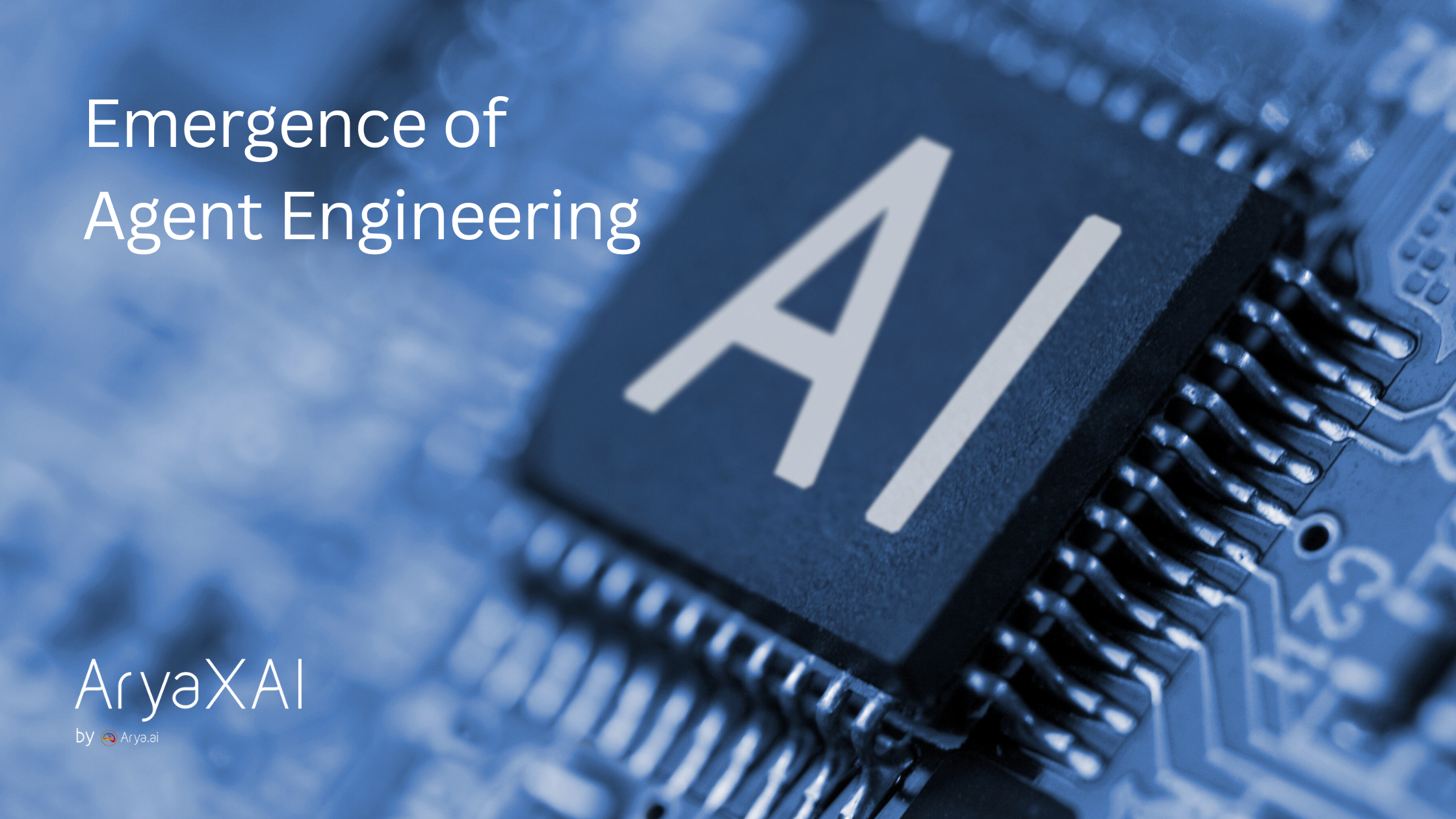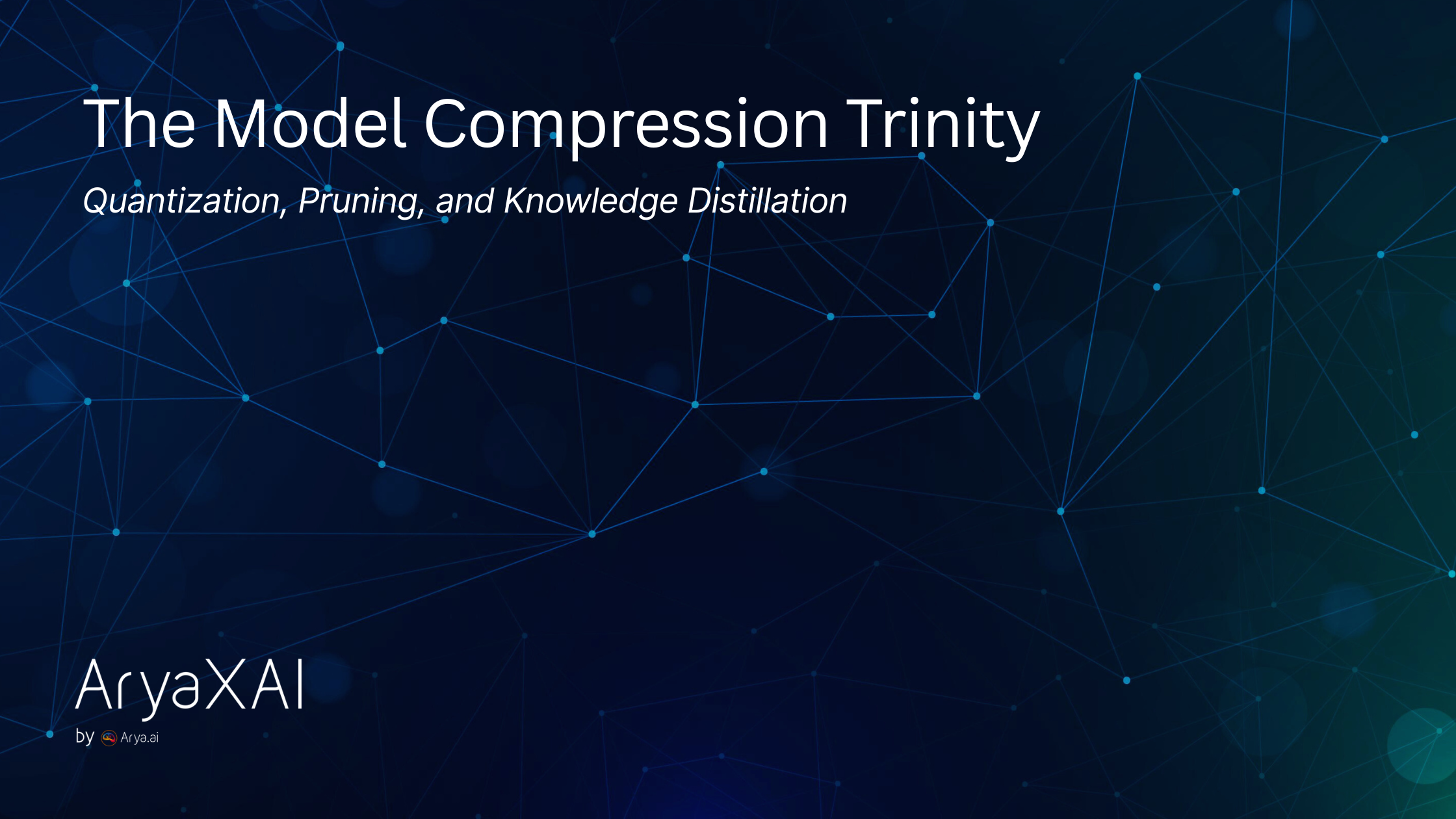A Practical Guide on Choosing Between HTTP, WebSockets, and gRPC
September 28, 2025
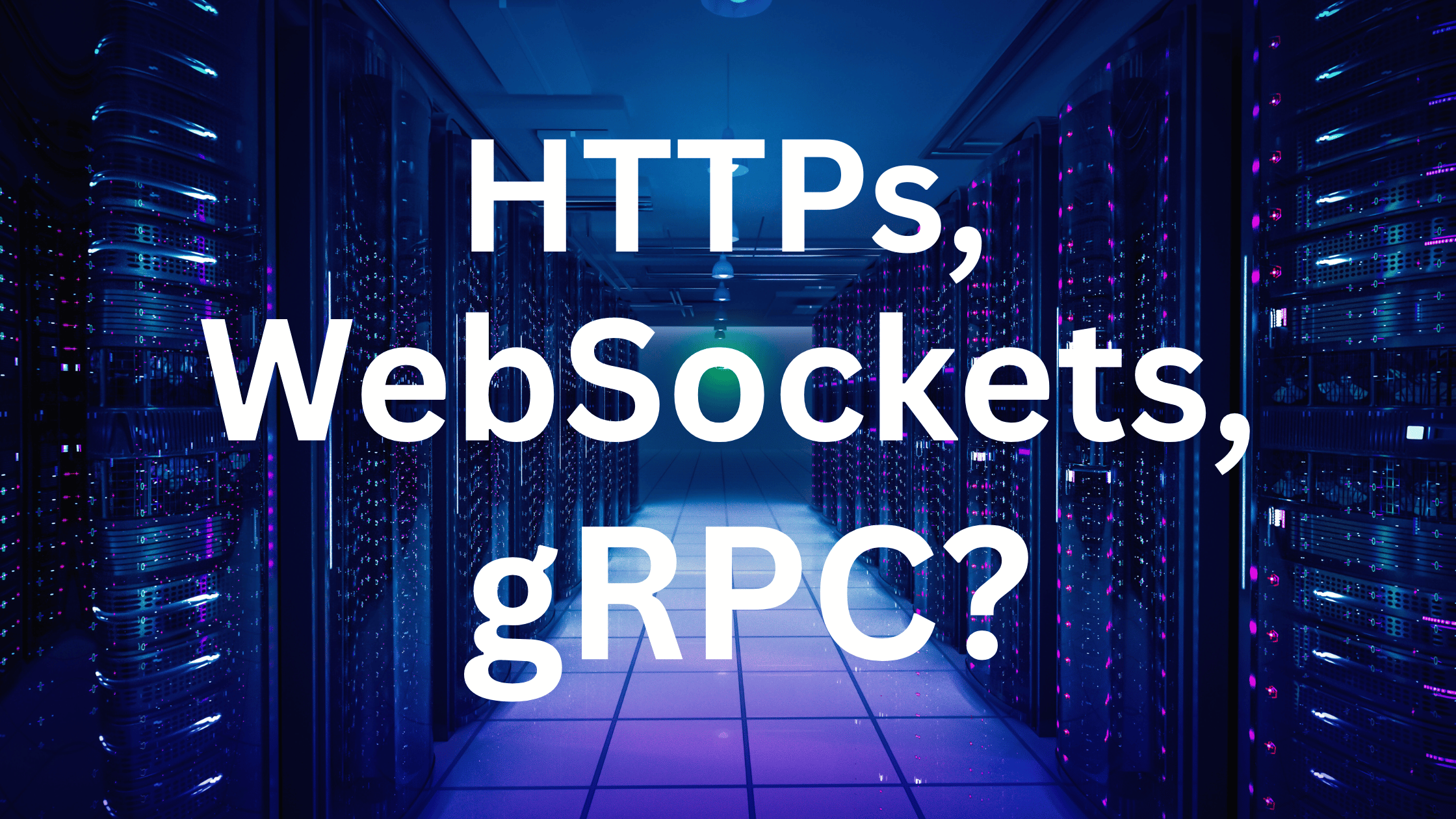
When building applications that rely on network communication, one of the earliest and most important decisions you’ll make is how your services will talk to each other. Whether you’re connecting a browser to a backend, integrating microservices, or streaming data in real time, the communication protocol you choose impacts latency, scalability, complexity, and even developer experience.
The three most common choices today are HTTP, WebSockets, and gRPC. Each has its strengths, weaknesses, and ideal use cases. This guide breaks them down in plain language, compares them side by side, and provides a simple decision-making framework to help you pick the right one for your project.
1. Understanding the Options
HTTP
HTTP is the backbone of the web, underpinning almost every interaction between clients and servers. At its core, HTTP uses a request-response model: a client sends a request (like GET, POST, PUT, or DELETE), the server processes it, and sends back a response. Each request is stateless, meaning it contains all the information necessary for the server to handle it independently. This statelessness makes HTTP highly scalable and enables caching strategies to improve performance.
HTTP is also extremely flexible. It supports a variety of content types (JSON, XML, HTML, and more), and it works seamlessly with web browsers, mobile apps, APIs, and even IoT devices. While it’s optimized for one-off interactions rather than continuous data streams, it’s the default choice for most web services due to its universal support, simplicity, and reliability.
WebSockets
WebSockets provide a persistent, two-way communication channel over a single TCP connection. After an initial handshake (which begins as a standard HTTP request), the connection upgrades to WebSockets and remains open. This allows both client and server to send messages at any time, eliminating the need for repeated request-response cycles.
This approach is ideal for real-time applications such as live chat, notifications, collaborative editing, multiplayer games, or financial dashboards. Because the connection is long-lived, messages can be delivered instantly with lower latency than traditional HTTP polling. WebSockets require careful handling of connection state, reconnections, and message framing, but they excel in situations where continuous, bidirectional data flow is essential.
gRPC
gRPC is a modern, high-performance Remote Procedure Call (RPC) framework designed for efficient communication between services. It operates over HTTP/2, allowing features such as multiplexing multiple calls over a single connection, flow control, and header compression. gRPC uses Protocol Buffers (protobuf) to define a strict schema for request and response messages, ensuring type safety and efficient serialization.
gRPC supports a variety of communication patterns beyond the traditional request-response model: unary calls (single request, single response), server streaming (one request, multiple responses), client streaming (multiple requests, one response), and bidirectional streaming (continuous data flow both ways). This makes it ideal for backend microservices, high-performance APIs, and scenarios where structured, efficient, and reliable communication is critical.
2. Strengths and Trade-Offs
Each communication protocol has its own set of strengths and trade-offs that make it better suited for certain use cases. Understanding these helps developers and architects choose the most appropriate protocol based on performance requirements, complexity, and the type of data flow needed.
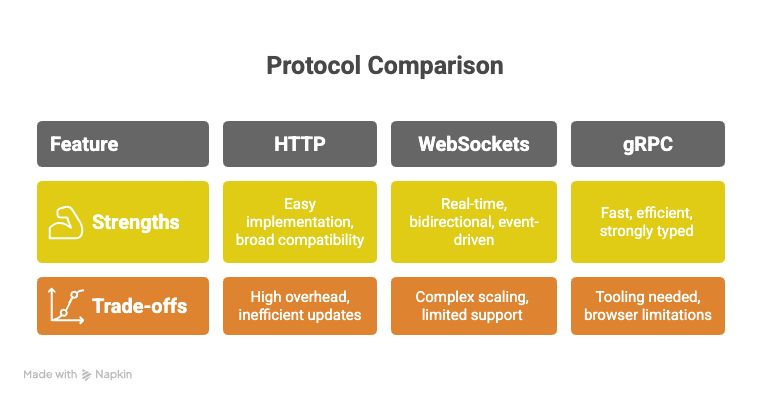
3. Comparing by Key Factors
When evaluating these protocols, several key factors can help determine which is most suitable for your project.
- Latency : gRPC generally has the lowest latency as a result of HTTP/2 and binary framing efficiency, which makes it suited for high performance backend communication. Websockets also have low latency, particularly after connection establishment. HTTP, although easy and highly compatible, has higher overhead per request.
- Compatibility: HTTP is unparalleled in terms of compatibility and operates flawlessly across browsers, devices, proxies, and CDNs. Websockets are equally supported by browsers but can be problematic with firewalls or specific network configurations. gRPC is perfect for service to service communications within internal services, but browser clients might need translation layers such as gRPC-Web.
- Complexity: HTTP is easy to deploy, test and debug. Websockets involve taking care of persistent connections, reconnection logic, and message framing. gRPC adds extra complexity with schema definitions and code generation, but the initial effort is worth it in terms of type safety and structured communication.
- Scalability: HTTP can scale very easily across multiple servers since it's stateless. WebSockets require good thought for load balancing and tend to use sticky sessions to support persistent connections. gRPC scales well in today's service meshes and environments that support full HTTP/2, enabling efficient multiplexing and resource utilization.
4. When to Use Which
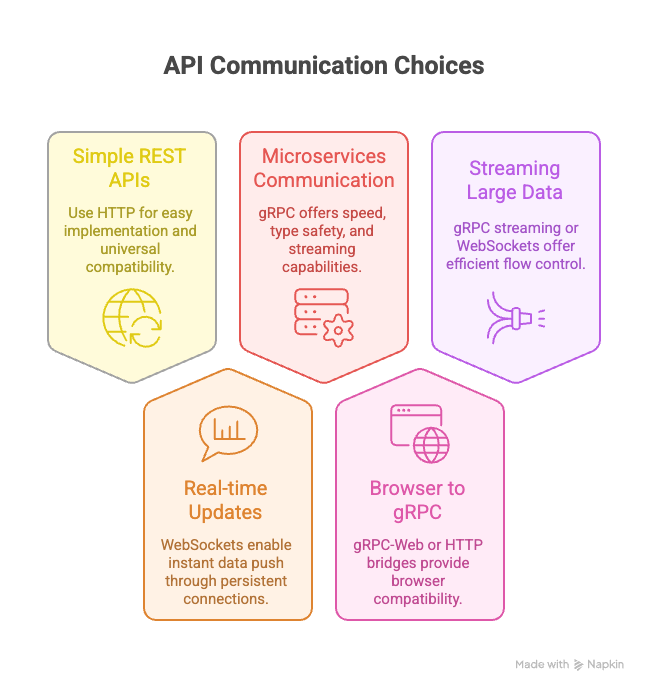
5. Practical Tips
When implementing these protocols in actual applications, some best practices can be followed to achieve reliability, security, and maintainability.
Most systems employ a hybrid strategy, using the capabilities of two or more protocols. For instance, HTTP might be used for simple CRUD requests and normal API usage, WebSockets for real-time client updates, and gRPC for high-speed, type-safe service-to-service communication in the back end. Blending protocols like this enables each component of the system to utilize the most effective approach for its particular requirements.
Fallbacks also come into play, particularly for WebSockets. Where network consistency is suspect or firewall limitations block WebSocket connections, it's helpful to have fallbacks like long polling or Server-Sent Events in place. Such fallbacks keep the application operational even in suboptimal circumstances.
Monitoring and observability are essential for gRPC and WebSockets because both can be more difficult to debug than standard HTTP. With structured logging, tracing, and monitoring tools, it is possible to capture message flow, connection status, and performance measurements. This transparency is necessary to diagnose problems and improve performance.
Lastly, security should never be compromised. No matter what the protocol is, always turn on TLS to make communications secure, verify all received payloads to keep from being injected with or receiving malformed data, and have proper authentication and authorization processes in place. These would secure your system and your users against general security issues.
Conclusion
Choosing between HTTP, WebSockets, and gRPC is not about which one is objectively “better,” but which one is best for your use case. If you want simplicity and universal compatibility, start with HTTP. If you need real-time bidirectional updates, WebSockets are a natural fit. And if you’re building a microservice-heavy backend or need efficient streaming, gRPC is hard to beat.
In practice, many production systems use a mix of these technologies. The key is to match the protocol to the communication pattern and performance requirements of each part of your system.
By understanding the trade-offs and knowing when to apply each option, you can design a more resilient, scalable, and maintainable application architecture.
SHARE THIS
Discover More Articles
Explore a curated collection of in-depth articles covering the latest advancements, insights, and trends in AI, MLOps, governance, and more. Stay informed with expert analyses, thought leadership, and actionable knowledge to drive innovation in your field.

Is Explainability critical for your AI solutions?
Schedule a demo with our team to understand how AryaXAI can make your mission-critical 'AI' acceptable and aligned with all your stakeholders.



